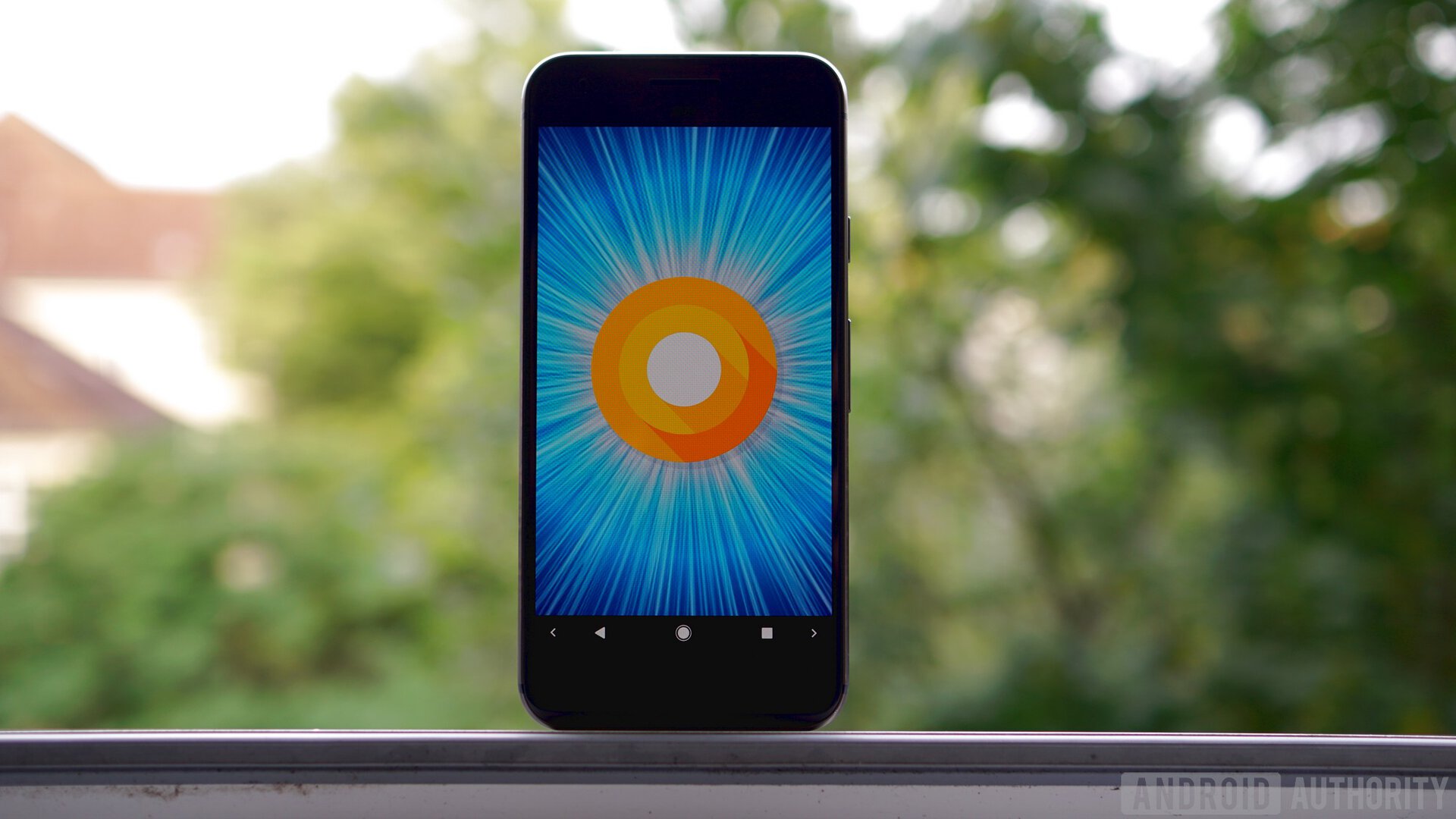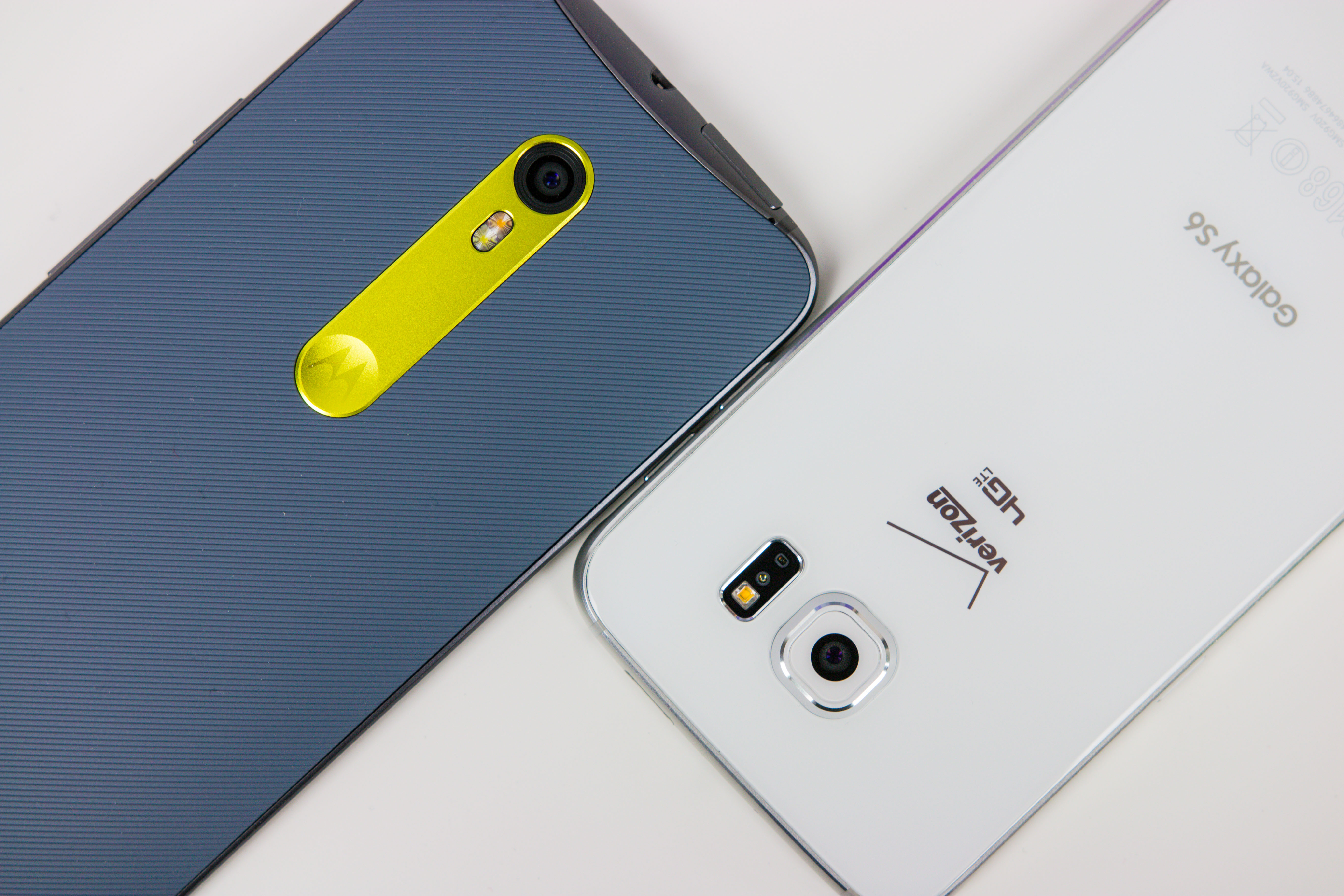
Google has released its September Android Distribution numbers and Android 9 Pie still doesn't make the cut. This means less than 0.1 percent of Android devices use the latest operating system, despite Pie rolling out to Pixel and Essential handsets back at the beginning of August, and OnePlus, Nokia, and Huawei devices in more recent times.
While it's disappointing that 99.9 percent of Android phones still don't run the latest version, the number of devices using Oreo continued to increase. Currently, 19.2 percent of Android devices use Android 8.0 or 8.1 — a 4.6 percent increase on last month. At the same time, Nougat, Marshmallow, and Lollipop all fell around one percent.
Jelly Bean and KitKat saw a decline also, though Gingerbread and Ice Cream Sandwich held steady on 0.3 percent each. Around 88 percent of Android devices now run Android Lollipop or later, and we hope to see Pie rear its head in the next report.
Why do Android updates take so long?
From KitKat, to Lollipop, to Marshmallow, and to Nougat, each new version of Android seems to hit fewer devices and do so in a slower fashion (see the chart below). Why does this happen?
Firstly, folks are holding onto their phones for longer periods of time, which means the number of active devices running older versions of Android stays high (the continual increase of flagship phone prices may also contribute to this).
What's more, many Android devices are launching without the latest version of Android, attributable to the rise of lower-cost Chinese devices and increased market growth in developing countries.
The other key factor here is that each new Android version arrives with more Android devices in circulation, meaning its immediate impact is decreasing. When all of the major OEMs got their flagships up and running with Ice Cream Sandwich, it represented a significant share of Android phones because there were far fewer of them. There are more than two billion monthly active Android devices in use now, so there is simply more ground for the latest Android version to cover.

The increased rate of release for major Android versions may be one of the biggest reasons for this tend too, as shorter OS version shelf lives equal lower market penetration. Jelly Bean was available for about 16 months before KitKat arrived. KitKat stuck around for slightly over a year followed by Lollipop which just scraped past 11 months before Marshmallow hit the scene. Then Marshmallow was only out for ten and a half months before Nougat showed up in mid-August.
Oreo was the only recent software version to buck the trend, releasing almost a year to the day after Nougat, before Pie arrived 12 months after that. According to an AMA with the Android development team in July, Android versions will stick to an annual schedule going forward, which could mean less fragmentation going forward.
Being on the latest version of Android isn't as important as it once was, though. With Play Services, for instance, Google can push out important updates to just about every Android device without the need to bake it into Android (thus requiring an entire software update). Plus, a good amount of OEMs have been focusing on rolling out the latest Android security patches to their devices, which means Android phones aren't as vulnerable to attacks as they once were.
from Android Authority https://ift.tt/2hJnnh4
via IFTTT



No comments:
Post a Comment